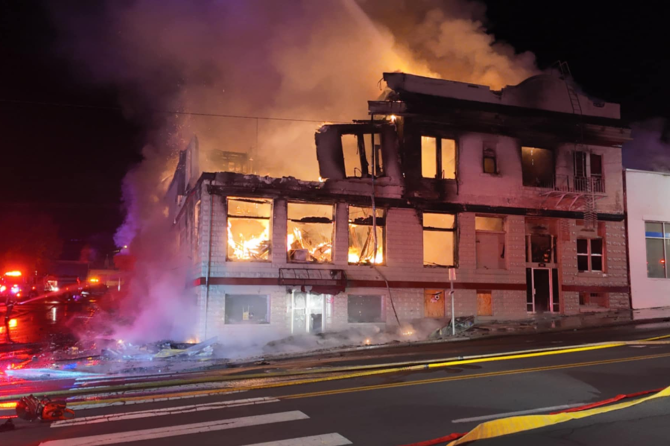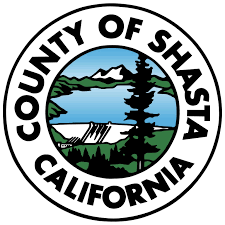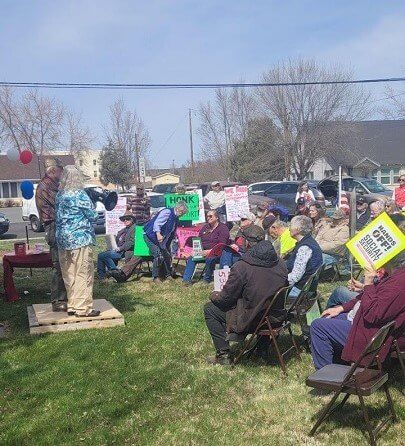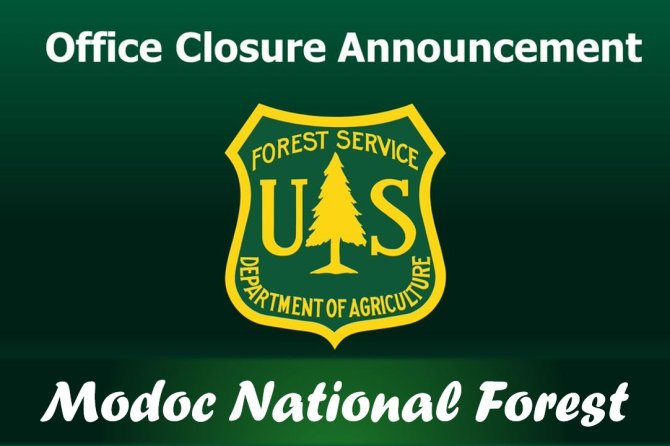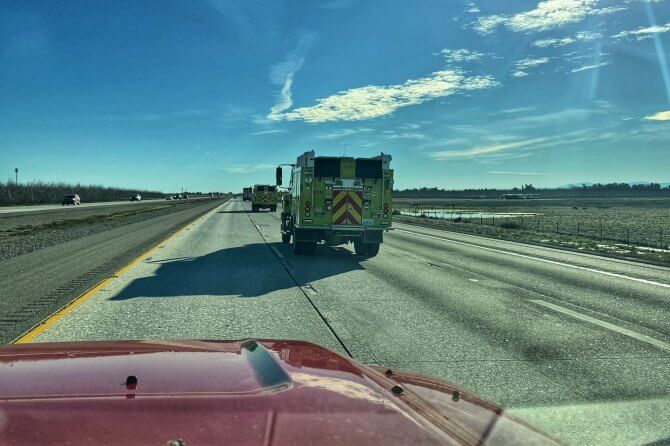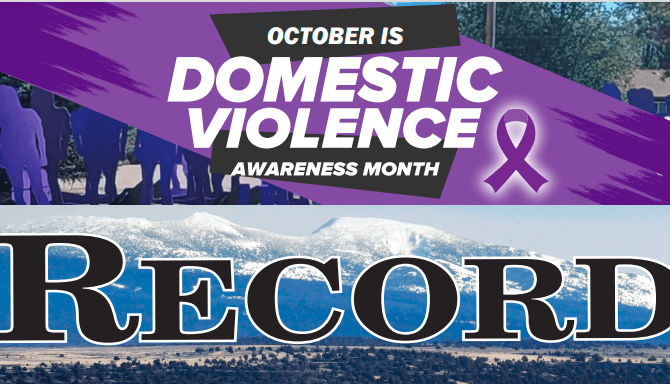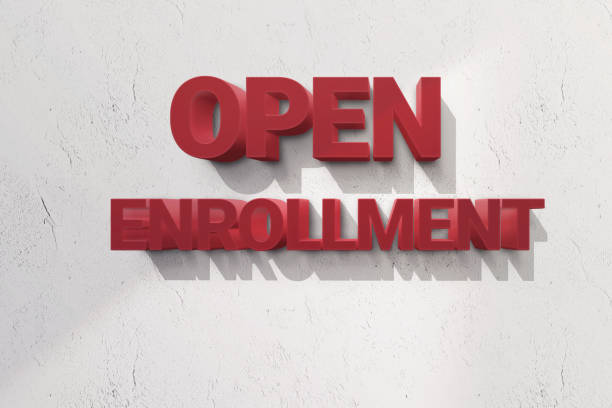In light of the events that have taken place in New Jersey on Friday with their current 4.8 magnitude earthquake that sent their community into an uproar, there is no better time than now to prepare for what you can do and how to prepare for an earthquake then now. The tremor, which struck at approximately 7:09 a.m. local time, sent shockwaves through several counties, leaving residents shaken and infrastructure damaged. While no casualties were reported, the earthquake served as a wake-up call for many who had not previously considered the possibility of such an event in the region. It is so important to prepare and educate before it becomes a cause of concern and carry a plan of action.
In recognition of April as California Earthquake Preparedness Month, the California Governor’s Office of Emergency Services is urging residents to enhance their readiness for events. Against the backdrop of recent global and national tremorous activities, Cal OES emphasizes the critical need for Californians to understand the risks and take proactive measures to mitigate potential damages.
Cal OES officials underscored the state’s ongoing efforts to bolster earthquake preparedness. These initiatives include public awareness campaigns, seismic retrofitting programs, investment in early warning systems, community preparedness initiatives, and fostering partnerships across various sectors.
“Earthquakes pose a significant risk to California residents, and it is imperative that we all take steps to ensure our readiness,” said a spokesperson from Cal OES. “Through collaborative efforts and individual preparedness, we can enhance resilience and minimize the impact of seismic events on our communities.”
Recent earthshaking activities serve as a reminder of the importance of preparedness. Californians are urged to create emergency kits containing essential supplies, develop family emergency plans, secure their homes and properties, and stay informed about earthquake risks and updates from local authorities. The goal is to empower Californians to take proactive measures and protect themselves and their communities in the event of an earthquake.
There is an app available to the public called Myshake. Myshake provides earthquake data and information and will notify you early warning notifications. MyShake collects motion data from your phone’s sensors and uses a patented neural network to determine whether that motion fits the model of an earthquake.
With earthshaking activity being a constant threat in California, it’s crucial for individuals and families to be prepared to act swiftly if an earthquake strikes. Even with advancements in early warning systems, there are still crucial moments to act before shaking can be felt.
Cal OES advises people to take protective actions such as “Drop, Cover, and Hold On” when they receive a warning or feel shaking. This strategy aims to minimize the risk of injury by seeking cover under a sturdy piece of furniture and holding on until the shaking stops. For individuals using wheelchairs, the recommended actions are “Lock, Cover, and Hold On.”
Although there may be instances where a warning is issued but no shaking occurs, it’s always better to err on the side of caution when it comes to earthquakes. Cal OES stresses the importance of being proactive and prepared for any seismic event.
“We encourage you to share this information with friends and family in California to help spread the word about the technology available to help keep them safe,” said a spokesperson for Cal OES.
By taking proactive measures and spreading awareness about earthquake preparedness, Californians can better protect themselves and their loved ones in the event of an earthquake event.

